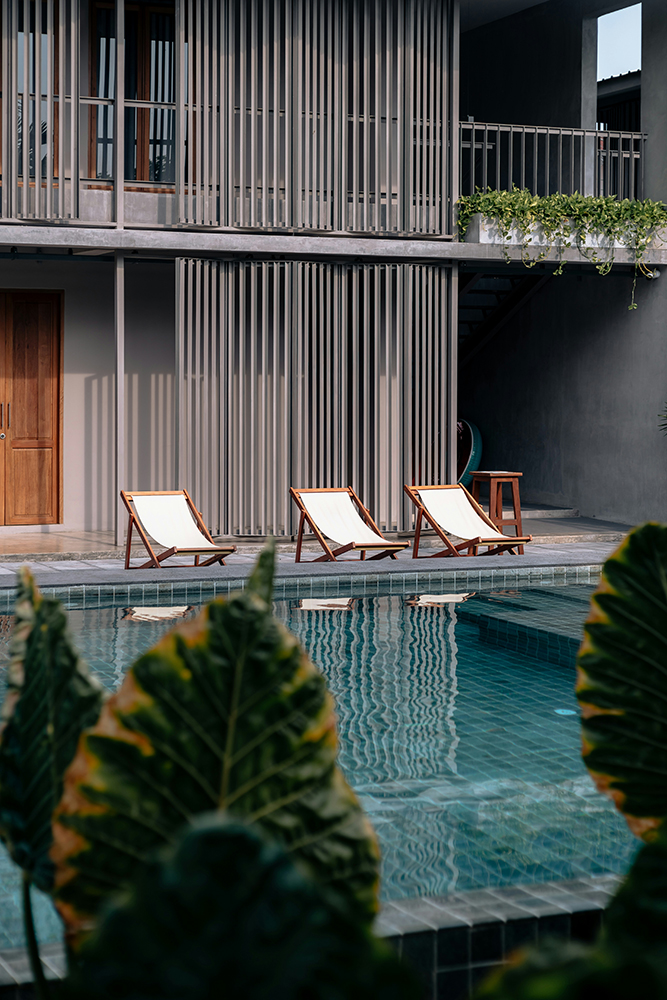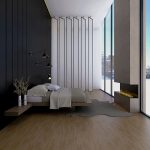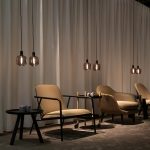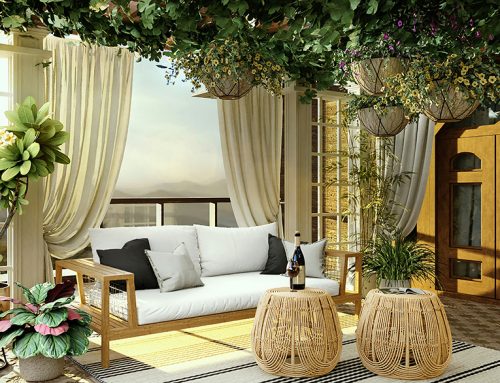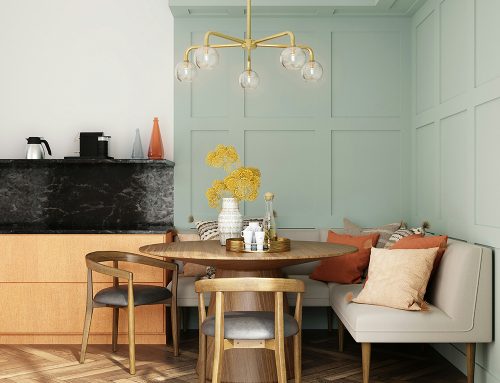It’s holiday season so this week in the Wylde blog we’re looking at the interior architecture of hotels – what makes a home away from home and how good design can create the most majestic of vacations! As holiday season approaches, the allure of luxurious getaways beckons – especially with this weather! A key element that transforms a mere hotel stay into an unforgettable experience is its interior architecture. A well-designed hotel can evoke feelings of comfort, luxury, and uniqueness, making guests feel right at home while simultaneously providing an escape from the mundane. Let’s explore what makes hotel interior design so special and how it contributes to creating the ultimate vacation experience.
The hotel lobby is the first space guests encounter, setting the tone for their entire stay. An inviting lobby should be welcoming and spacious, with high ceilings, ample seating, and a layout that encourages easy movement. Visually striking design elements like grand chandeliers, art installations, or a central fireplace can create a memorable first impression. The space should also be comfortable and functional, with areas for socialising, working, or relaxing integrated seamlessly.
Guest rooms are the heart of a hotel stay. Exceptional guest room design focuses on comfort and relaxation, with high-quality bedding, adjustable lighting, and climate control ensuring a restful environment. Aesthetic coherence is important, with consistent colour schemes, thematic decor, and thoughtfully chosen furniture enhancing the room’s appeal. Functional amenities such as ample storage, workspace, and tech-friendly features like USB charging ports and smart TVs cater to modern travellers’ needs.
The hotel bathroom is a space where luxury can truly shine. Key design aspects include spaciousness and privacy, with large, well-lit bathrooms and privacy features making guests feel pampered. High-end fixtures such as rainfall showers, deep soaking tubs, and double vanities elevate the bathing experience. Thoughtful details like quality toiletries, plush towels, and heated floors add to the sense of indulgence.
Communal areas in hotels are designed to foster interaction and relaxation. Versatile design is important, with spaces that can serve multiple purposes, such as lounges that double as workspaces or bars that transition from day to night. Atmospheric lighting that adjusts to different times of day and activities can create the perfect ambiance. Comfortable seating, with ergonomic chairs and couches, encourages guests to linger and socialise.
Dining areas are integral to the hotel experience, offering culinary delights in stylish settings. The design should reflect the cuisine and atmosphere of the restaurant or bar, creating a cohesive dining experience. Acoustic control is crucial, with sound-absorbing materials and strategic layouts ensuring a pleasant auditory environment. Visual appeal, from table settings to wall decor, enhances the dining experience.
Spaces dedicated to wellness and leisure activities are essential for a well-rounded stay. Well-equipped gyms with natural lighting and inspiring views motivate guests to stay active. Luxurious spa facilities and beautifully designed pools offer relaxation and rejuvenation. Outdoor areas such as gardens, terraces, and rooftop spaces provide a connection to nature and stunning vistas.
A hotel that reflects its location’s unique culture and environment offers a more immersive experience. This can be achieved through the use of local materials and craftsmanship, incorporating locally sourced materials and traditional crafts into the design. Art and decor showcasing works by local artists and using decor that tells a story about the area also contribute. Culinary influences, featuring local flavours and ingredients in the hotel’s restaurants and bars, add to the sense of place.
The interior architecture of hotels plays a pivotal role in shaping the guest experience. From the grandeur of the lobby to the intimacy of the guest rooms, every detail contributes to creating a home away from home. By focusing on comfort, functionality, and aesthetic appeal, hotels can craft spaces that not only meet but exceed the expectations of their guests, ensuring a memorable and majestic vacation.
Whether you’re an industry professional or a travel enthusiast, understanding the nuances of hotel interior design can deepen your appreciation for the places that become your temporary home during your journeys. Happy travels!

